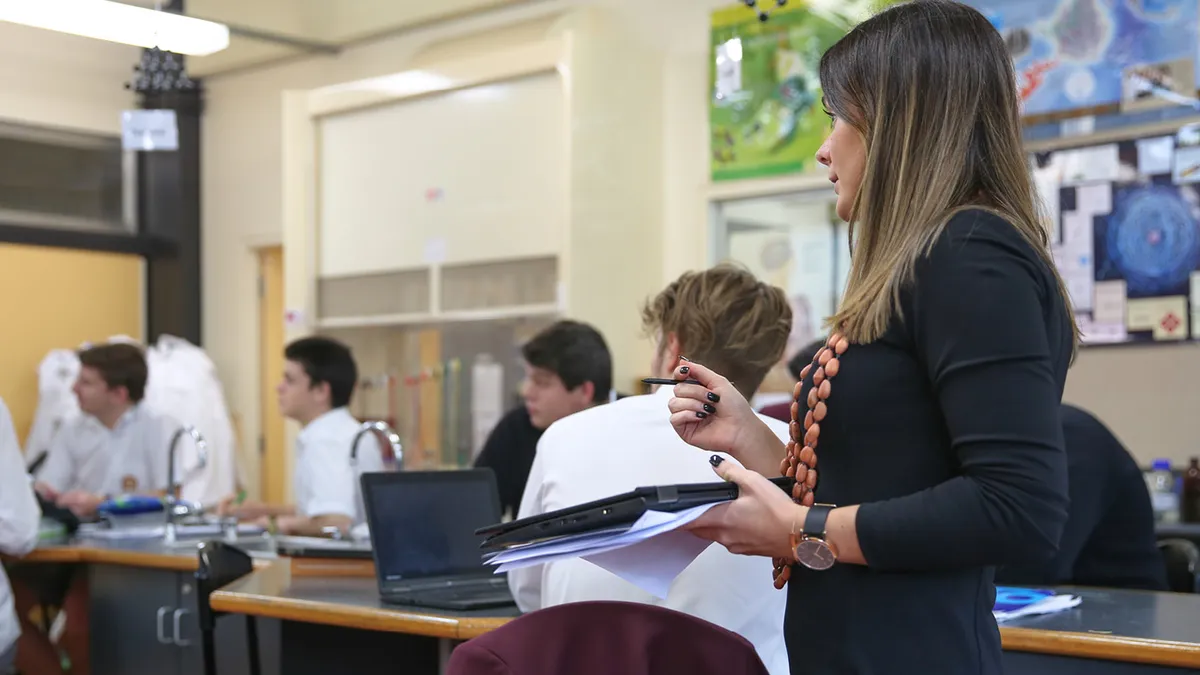As recently as 1990, the newspaper industry employed more than 450,000 people in the US. By early 2017, that number had more than halved. Why? Because the industry changed. It had to; the world had changed.
In the summer of 1994, a large pepperoni, mushroom and extra cheese pizza was ordered from Pizza Hut. It is believed to have been the first transaction that took place on the web. Just 17 years later, online advertising had surpassed newspaper advertising for the first time.
Digital in the classroom
In order to survive, industries had to embrace digitization. In the case of the media, that meant moving content onto the internet and making it more personal. This allowed them to monetize news through subscriptions and advertising. In the world of commerce, it meant allowing customers to buy anything, at any time, with minimal need for human interaction. For the classroom, it opened up the feasibility of distance learning to a much wider audience.
Such is the pace of change that, in 2004—only three years after advertising had moved predominately online—the era of Facebook began. And with it, for the first time, came real two-way interaction. It introduced the concept of 'social' to media, commerce, and even fitness. Innovations like gamification captured the imagination and brought the social and competitive aspects of sporting activities right into the living room.
What all of these industries had in common is that they implemented models that combined the physical and the digital. Even social media—which you might think of as totally online—is used to enhance and promote physical events.
Such drastic changes in society were always going to make their way to the classroom. The groundwork had already been set by Albert Bandura's social learning theory, which posited for the first time—in 1977—that people could learn through observation. It is the reason today's classrooms are very different from those of 1990.
Transition to hybrid learning
Engagement and interaction now underpin the way our children are taught. Everything, from the environment to the content to the technology that enables it, is designed to support social learning.
The next step will be hybrid learning. Over the last two years, a period of enforced online learning has proved that home learning is possible. And for some students—particularly those with learning difficulties or those who have faced social challenges—it has already been shown to be effective. Over the next decade, schools will find the optimal way to integrate virtual and on-site learning so that the two can operate simultaneously. This will enable different students to take different approaches to learning. In effect, it is the personalization of education.
One thing we know about change, of course, is that it is constant. The next decade is likely to bring advanced technology to the classroom, which will free teachers from administration and allow them to place even more focus on the individual learner. At Vivi, we're dedicated to serving educators with the only wireless screen mirroring and digital signage tool designed for education and engaging every student through a more social classroom. Join over 1000 schools and districts by getting started with Vivi today.










